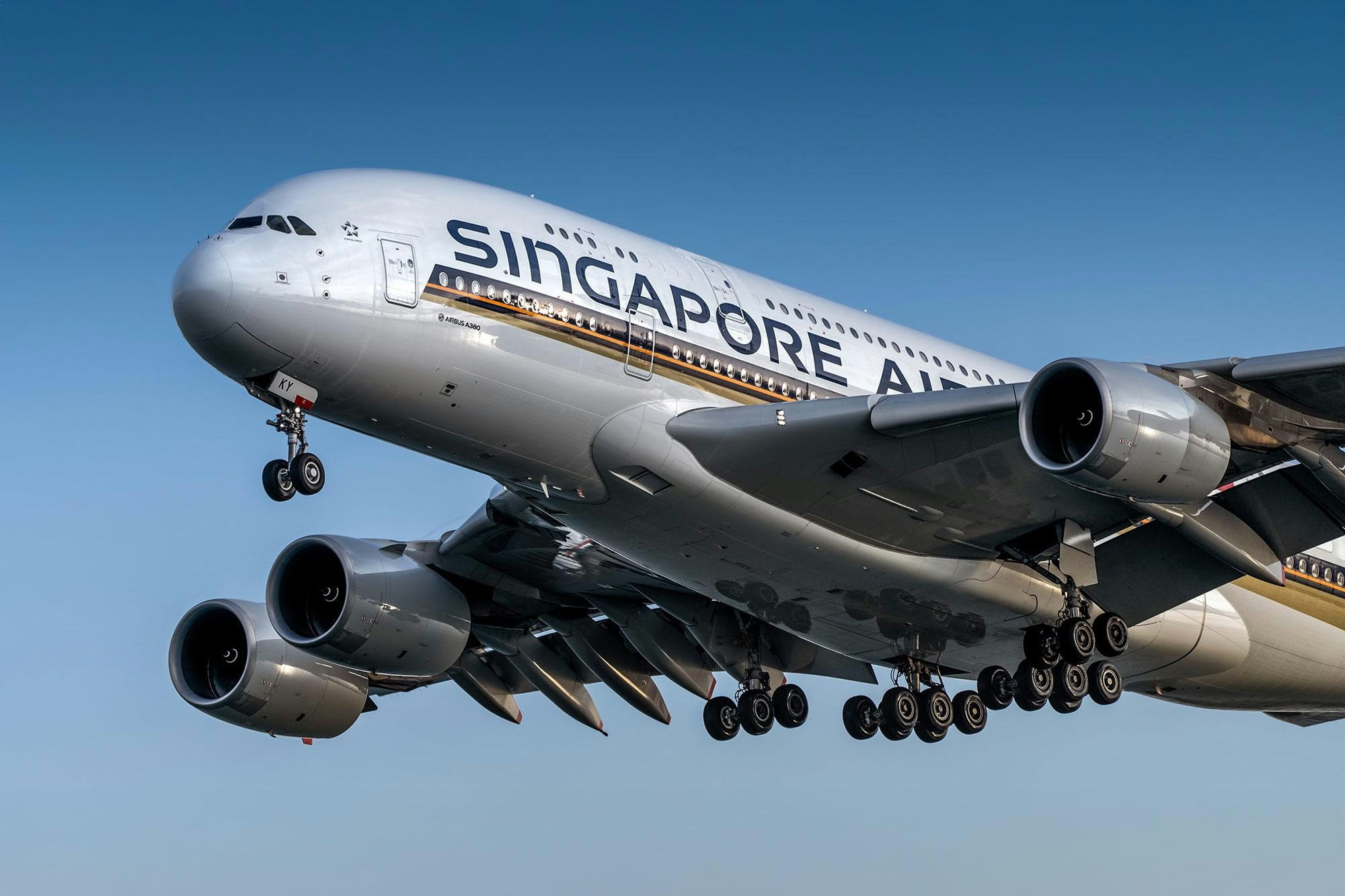
AeroGenie — Seu copiloto inteligente.
Tendências
Categories
VSE Corporation’s Growth and Valuation: Assessing the Margin of Safety

VSE Corporation’s Growth and Valuation: Assessing the Margin of Safety
In the dynamic aerospace and defense industry, VSE Corporation (VSEC) has emerged as a notable player by strategically concentrating on high-margin aviation maintenance, repair, and overhaul (MRO) services alongside distribution. This focused transformation has fueled significant growth for the company. However, VSE’s current valuation, marked by a trailing twelve-month (TTM) Price-to-Earnings (P/E) ratio of 133.58 as of August 2025, prompts critical scrutiny. Investors must consider whether this premium accurately reflects the company’s operational overhaul or if it signals an overly optimistic outlook in a sector characterized by cyclical fluctuations and intense competition.
Valuation Metrics and Operational Shifts
VSE’s present P/E ratio of 133.58 represents a substantial departure from its historical norms, which averaged 23.25 over the past decade and 51.88 in the last three years. When compared to industry peers such as Ducommun, with a P/E of 38.33, and Park Aerospace at 50.96, as well as a sector median of 42.33, VSE’s valuation stands out as markedly elevated. This premium appears to be driven by investor confidence in the company’s strategic pivot toward higher-margin aviation MRO and distribution services.
Between 2020 and 2025, VSE’s revenue increased from $760 million to $1.17 billion, while operating margins expanded significantly, reaching 17.1% in the second quarter of 2025 from 7.64% in 2020. Strategic initiatives, including the 2023 acquisition of Turbine Weld Industries and the divestiture of the underperforming Fleet segment, have sharpened the company’s operational focus and enhanced efficiency. These moves have been instrumental in driving margin expansion and revenue growth.
Strategic Reinvention Amid Industry Challenges
VSE’s transformation is characterized by disciplined execution, involving the exit from low-margin businesses, acquisition of specialized MRO capabilities, and leveraging the aviation sector’s recovery following the pandemic. The integration of Turbine Weld Industries has bolstered technical expertise and improved cost structures, supporting the company’s adjusted EBITDA margin guidance of 16.5 to 17 percent for 2025. Additionally, strong free cash flow generation, underpinned by high-margin contracts and effective working capital management, provides resilience against broader macroeconomic uncertainties.
Nonetheless, VSE’s growth path faces several challenges. The company operates in an environment of intensifying competition, economic volatility, and operational risks that could affect future performance. Industry-specific factors such as tariff uncertainties and rapid technological advancements add complexity to sustaining growth. Competitors may respond aggressively through pricing strategies, product innovation, or market expansion, potentially exerting pressure on VSE’s margins and market share.
Valuation Risks and Market Sentiment
Despite the company’s solid fundamentals, VSE’s elevated valuation presents inherent risks. A P/E ratio exceeding 130 implies that investors are pricing in substantial earnings growth, which must materialize to justify the premium. Historical volatility in VSE’s valuation underscores this risk; the P/E ratio peaked at 309.30 in 2024 before experiencing a sharp correction, reflecting the sector’s sensitivity to changes in investor sentiment and quarterly earnings outcomes.
Broader market trends further caution investors. For instance, companies like Ericsson have seen share price declines despite reporting positive earnings, illustrating that strong operational performance does not always translate into sustained stock appreciation. While there has been no recent insider selling reported at VSE, the sector has witnessed insiders at more speculative firms timing trades amid heightened retail investor interest, raising questions about management’s alignment with shareholder interests.
Outlook
VSE Corporation’s strategic realignment and margin improvement have positioned it as a prominent entity within aerospace MRO and distribution. However, the company’s lofty valuation, coupled with ongoing industry and market uncertainties, necessitates a careful assessment of both its growth potential and the risks embedded in its current premium. As the aerospace sector continues to evolve, VSE’s capacity to maintain profitability and effectively navigate competitive and economic challenges will be pivotal in validating its valuation and delivering sustained shareholder value.

Biman Faces Worsening Fleet Shortage Amid Leasing Challenges
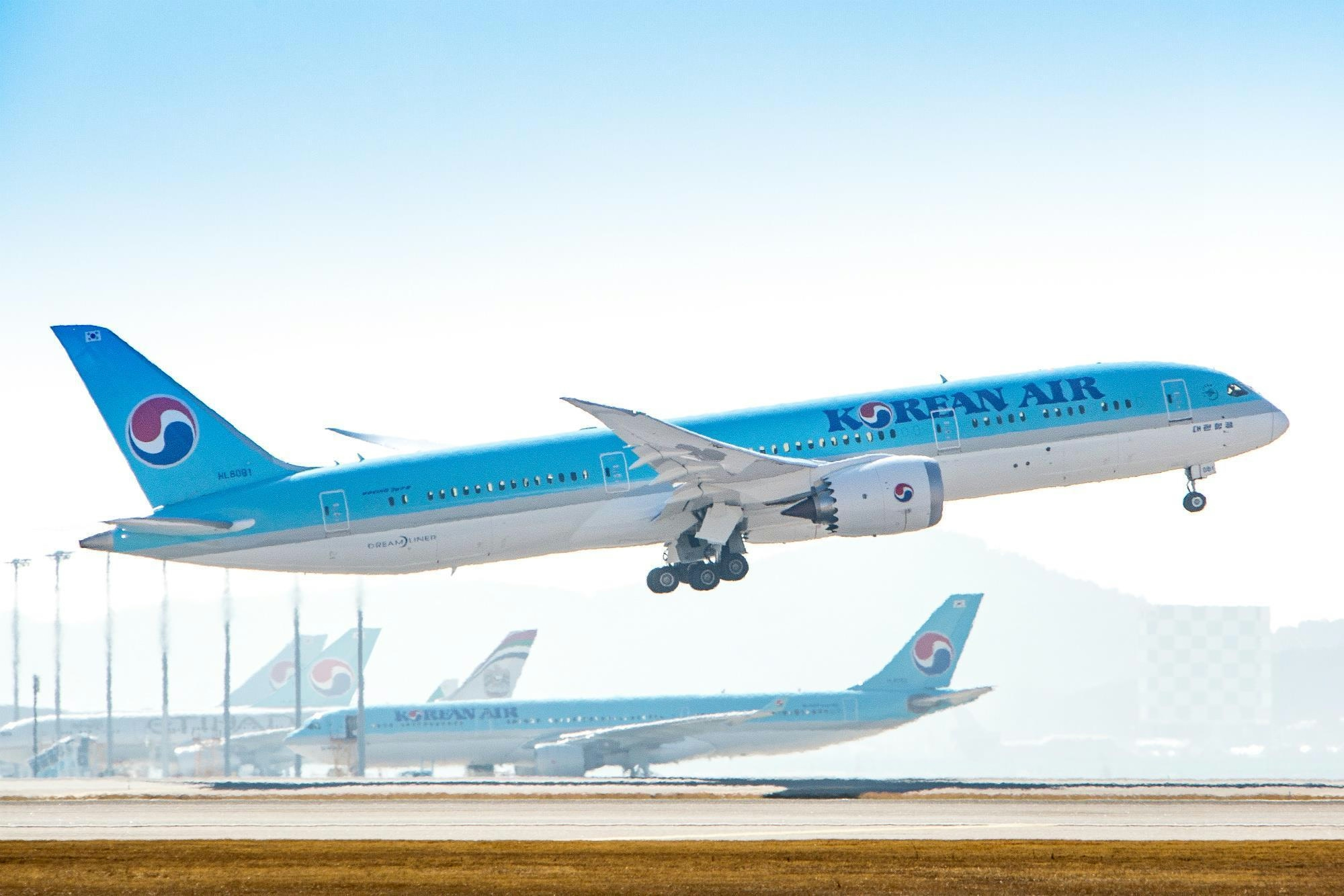
South Korea’s Eastar Jet Plans to Acquire Boeing 787s by 2027
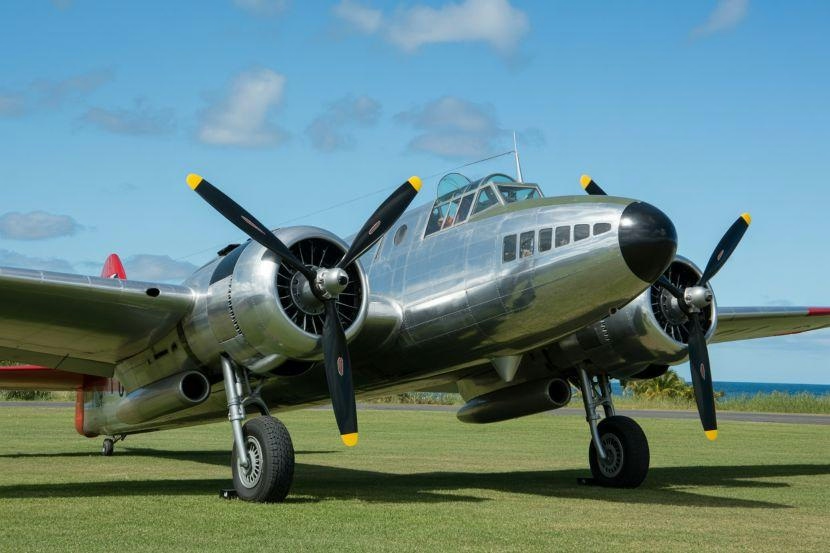
Clay Lacy Honored for Lifetime Achievement at Pearl Harbor Aviation Museum

VSE Acquires Aero to Expand Aviation Services
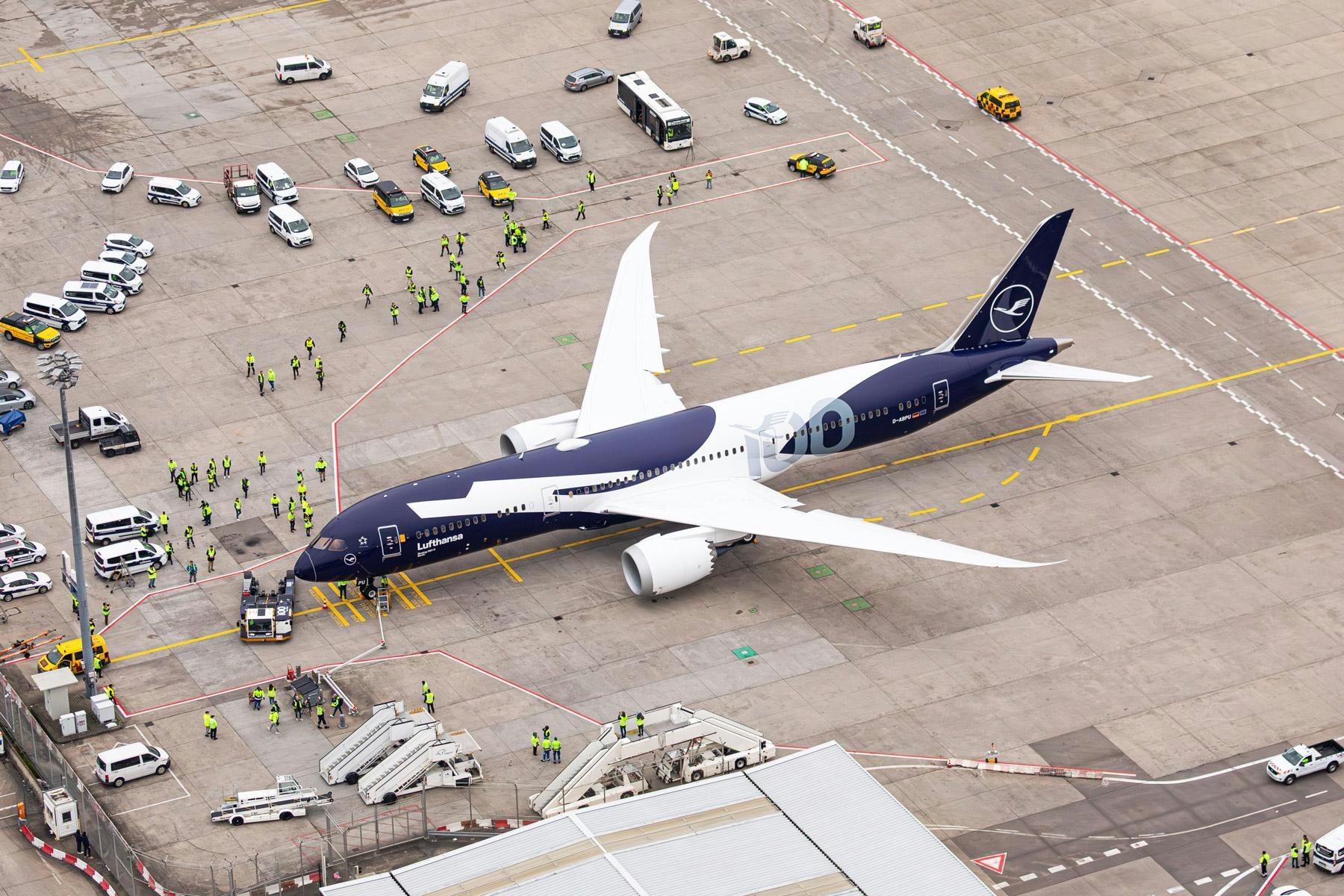
Lufthansa Receives First Boeing 787 on Anniversary
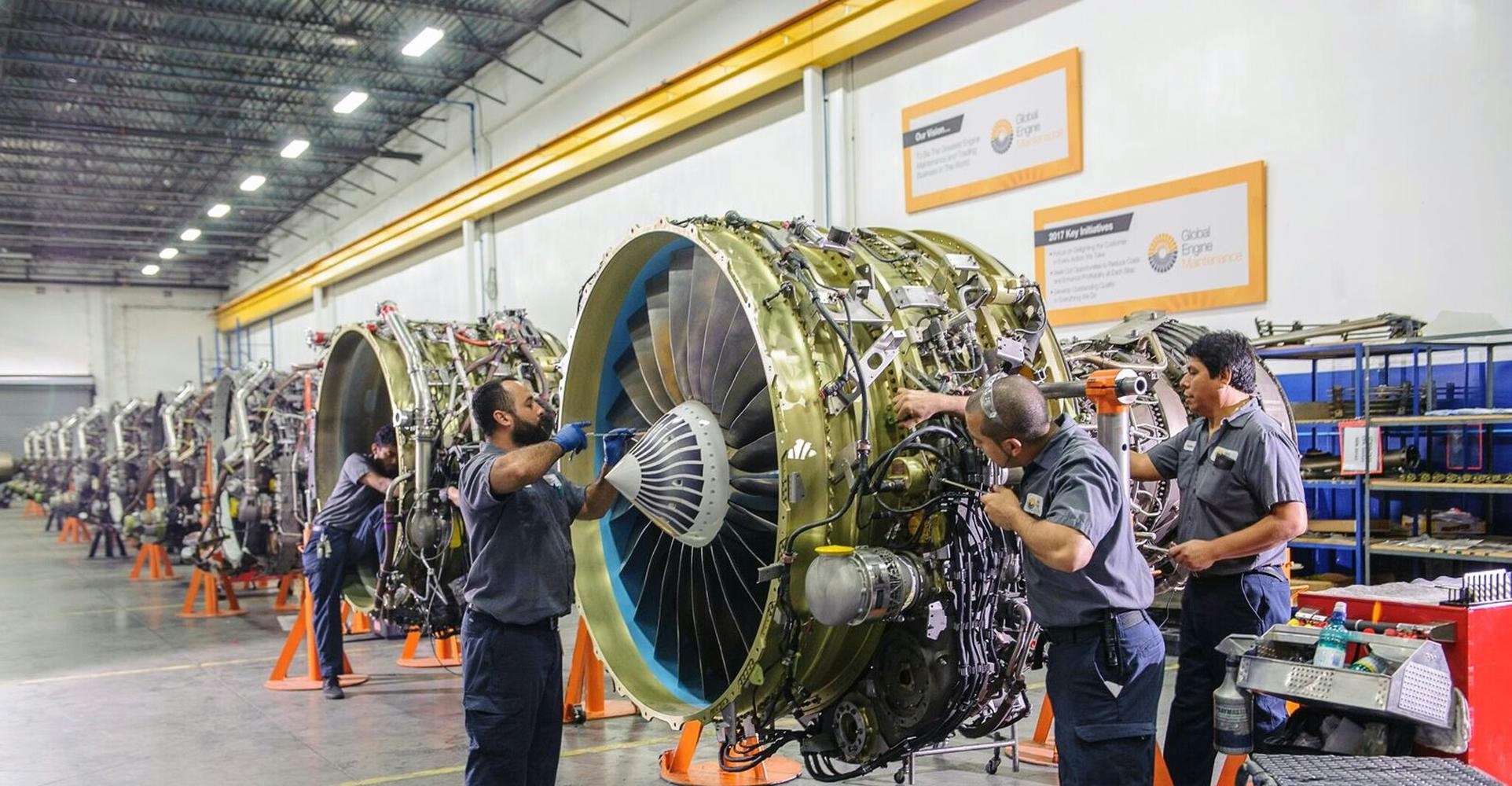
Willis Lease Finance Secures $600 Million Aviation Partnership
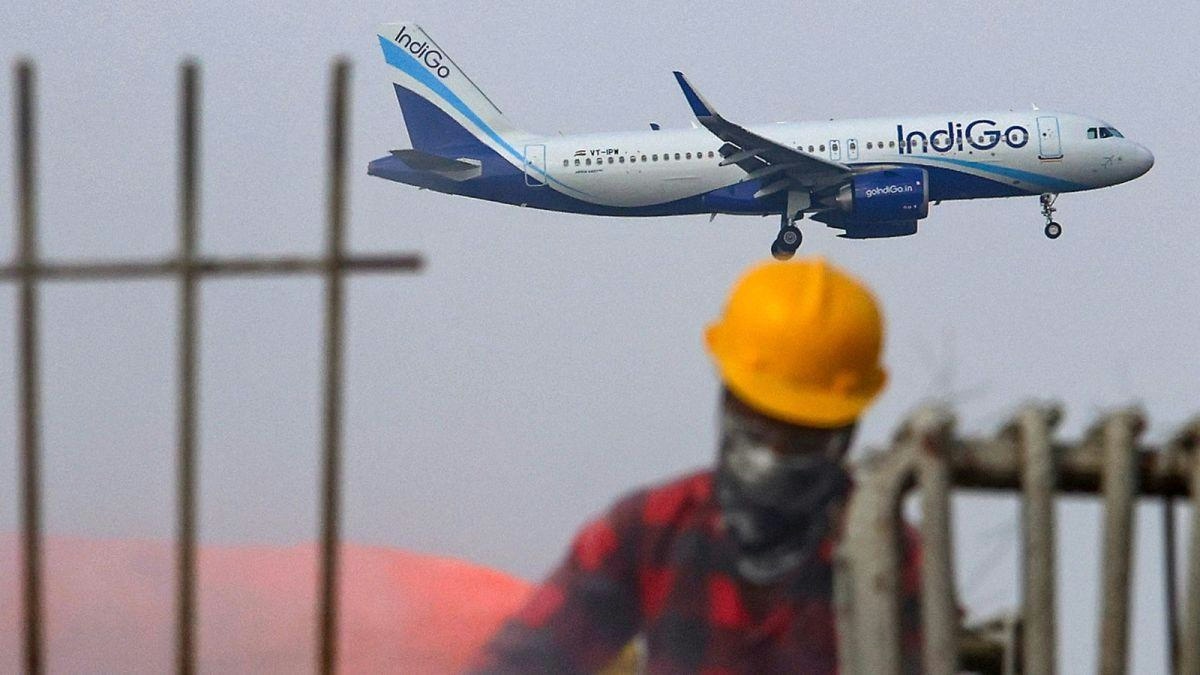
IndiGo to wet-lease 7 aircraft from Qatar Airways and Freebird to boost domestic capacity

Howmet’s $1.8B CAM Deal Targets the Aerospace Supply Chain’s Pressure Points

AI-Driven Airline Pricing Adds to Holiday Travel Stress
